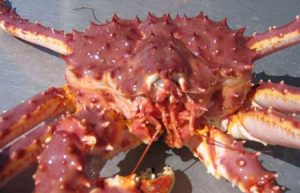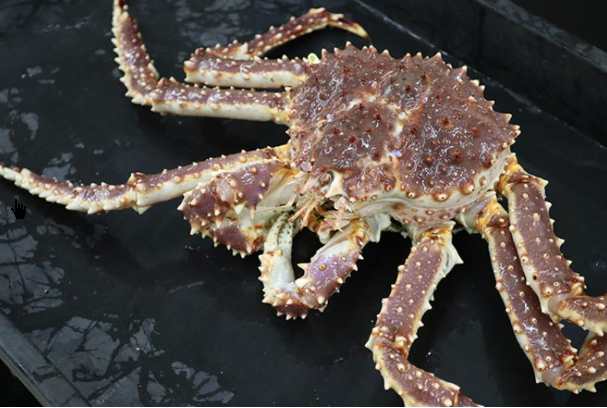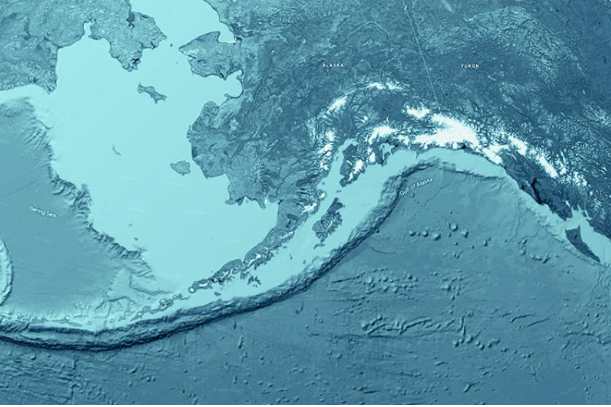
The 2019 Bristol Bay red king crab fishery has wrapped up with quota of 3,797,000 pounds.
Numbers show an average catch per unit effort (CPUE) of 15.6 crab in a pot. The 7.14 pounds average weight per crab is the highest dating back to 1973.
That high average weight is a concern, according to Ethan Nichols, the state’s assistant area management biologist for the Bering Sea/Aleutian Islands. “We’ve seen average weight increasing for several years now, which is a little concerning. We think we are fishing on the same group of adult male crab who are a year older and heavier.”
Biologists are not seeing many recruits of small crab coming into the system, “but if we had a better mix of small crab, we would see a lower average weight,” he said. “What is coming in is mostly large older males.”
The catch per unit effort is also a concern. The CPUE in 2019 was the lowest since crab rationalization went into effect in 2005, Nichols said, a sharp contrast with a CPUE of 20 in the last two seasons.
Bottom fish in general, including Pacific cod and skate, will prey on small juvenile red king crab, so likely part of the predation is from bottom fish, but biologists have also noted very high bottom temperatures and think there is some impact on red king crab populations from changes in the environment. Nichols said there is a lot of uncertainty around the impact of climate change in the Bering Sea on crab biomass.
Fishermen’s News Online grants permission to the Alaska Native News to post selected articles. Read More at: Fishermen’s News Online.









